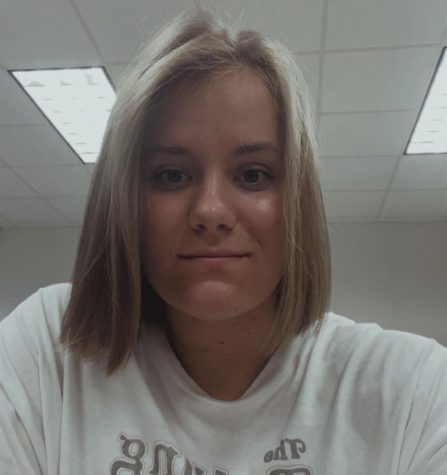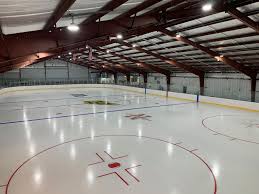The Winter Blues And Seasonal Affective Disorder
A single person standing on foggy road. [url=file_search.php?action=file&lightboxID=6396980][img]http://www.kulicki.com/agencja/images/trees.jpg[/img][/url] [url=file_search.php?action=file&lightboxID=8634685][img]http://www.kulicki.com/agencja/images/winter.jpg[/img][/url]
A common occurrence for many individuals, the winter blues describe a mood shift during the dark, cold days of the winter season. Feeling lethargic and low spirited is perfectly normal, until it begins to permeate all aspects of a person’s life. When winter blues begin to affect daily functions and one’s ability to enjoy life over a significant period of time, seasonal affective disorder (SAD) comes into play. SAD is a sub-type of major depression related to the shortening of daylight hours in the winter months.
Symptoms of Seasonal Affective Disorder Include:
- Low energy
- Feeling hopeless
- Low interest in favored activities
- Feeling depressed most of the day, nearly everyday
- Feeling agitated
- Problems sleeping
- Feeling sluggish and lethargic
Following a regular pattern, SAD appears each year as the seasons change and goes away several months later. Studies show that SAD is more common in northern regions, where winter lasts longer. Shortened days appear to be a main trigger for SAD, as the reduced sunlight causes a disruption in the body’s internal clock. A link between light and seasonal depression was first recognized in the 1980’s, and scientists have since used light therapy as a common treatment for SAD. Light therapy replaces a person’s missing daylight hours with an artificial substitute. Considered to be the first line of treatment for SAD, light therapy relieves symptoms for as much as 70% of patients. SAD can also be treated using antidepressants or cognitive behavioral therapy, if light therapy is deemed ineffective. SAD is a valid and treatable form of depression. Individuals suffering from SAD should reach out to mental health professionals to manage their condition.

Reegan is currently a senior at Mohawk Jr./Sr. High School and is 17 years old. Although this is the first year she will be working on The Arrow, Reegan...
![A single person standing on foggy road.
[url=file_search.php?action=file&lightboxID=6396980][img]http://www.kulicki.com/agencja/images/trees.jpg[/img][/url]
[url=file_search.php?action=file&lightboxID=8634685][img]http://www.kulicki.com/agencja/images/winter.jpg[/img][/url]](https://mohawkarrow.org/wp-content/uploads/2022/01/winterblues.jpg)



